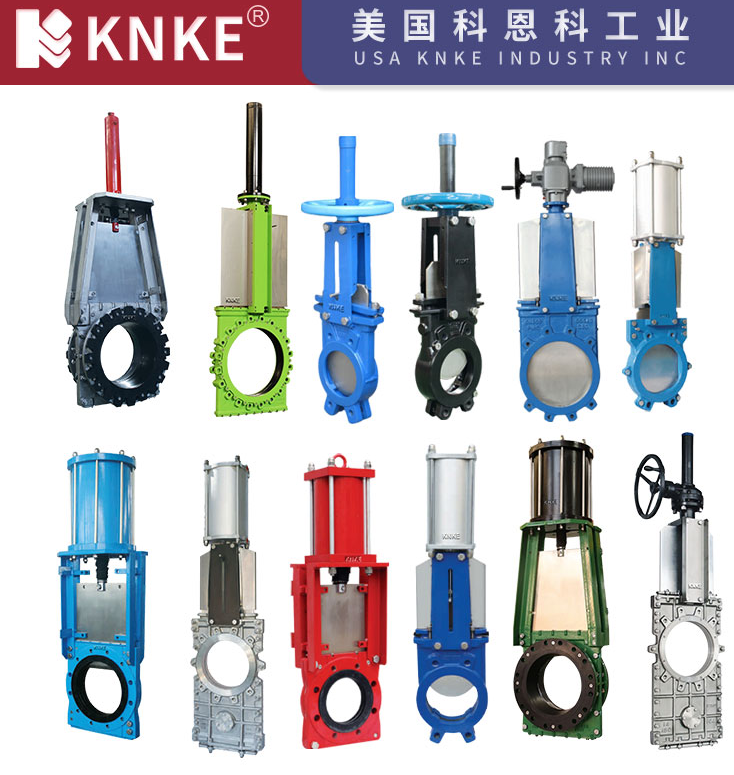Understanding the Functions of Gate Valves: Operation Principles and Applications
Gate valves are essential components in fluid control systems, designed to either fully open or completely shut off the flow of liquids, gases, or steam within pipelines. Their primary function is to serve as isolation valves, ensuring the unimpeded passage or total cessation of the medium when required.

Key Functions of Gate Valves
- Flow Isolation: The primary purpose of a gate valve is to start or stop the flow of fluid through a pipeline, effectively isolating a section when necessary.
- Bidirectional Sealing: Gate valves are designed to provide sealing in both upstream and downstream directions, ensuring reliable isolation regardless of flow direction.
- Suitability for High Pressure and Temperature: Certain types of gate valves are suitable for high-pressure and high-temperature applications, maintaining effective sealing and operation under demanding conditions.
Operating Principle of Gate Valves
Gate valves operate by raising or lowering a gate (wedge) into the path of the fluid. When the handwheel is turned clockwise, the gate descends to block the flow; turning it counterclockwise raises the gate, allowing fluid to pass. This mechanism ensures a straight-through flow with minimal resistance when fully open.
Applications of Gate Valves
Due to their reliable performance and versatility, gate valves are widely used across various industries, including:
- Oil and Gas Extraction: Managing the flow of crude oil and natural gas during extraction and processing.
- Water Treatment Facilities: Controlling water flow in purification and distribution systems.
- Industrial Manufacturing: Regulating fluids in processes across factories and production environments.
- Medical and Laboratory Settings: Ensuring precise control of gases or liquids in medical devices and experimental setups.
- Food Production and Catering: Managing the flow of ingredients and cleaning fluids in food processing.
- Automotive and Machinery: Controlling lubricants and hydraulic fluids in vehicles and machinery.
- Marine and Offshore Applications: Handling seawater, fuel, and other fluids on ships and offshore platforms.
Advantages of Gate Valves
- Low Fluid Resistance: When fully open, gate valves offer minimal resistance to flow, reducing energy consumption.
- Effective Sealing: The design ensures a tight seal, preventing leaks and maintaining system integrity.
- Wide Applicability: Suitable for various pressures, temperatures, and media, making them versatile across industries.
Limitations of Gate Valves
While gate valves have numerous advantages, they also present certain limitations:
- Not Suitable for Flow Regulation: Gate valves are not designed for throttling purposes; using them partially open can cause damage due to vibration.
- Slower Operation: The process of fully opening or closing a gate valve is relatively slow, making them less ideal for applications requiring rapid response.
Gate valves play a crucial role in fluid control across multiple industries. Their ability to provide reliable isolation, coupled with advantages like low flow resistance and effective sealing, makes them indispensable in many applications. However, understanding their limitations is essential to ensure they are used appropriately, maximizing their efficiency and lifespan.
